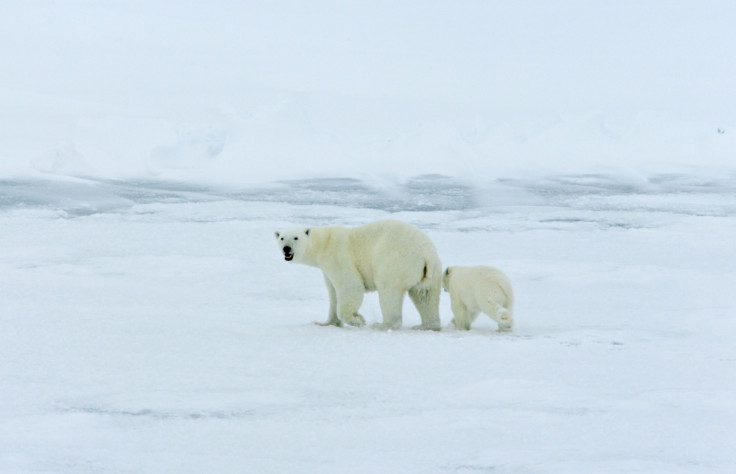The Arctic is now hotter than ever – despite it being the peak of winter and no sunlight
An event like this "has definitely not been seen before", with temperatures nearly 50 degrees over the norm.

A heat wave is spreading through the Arctic and it has left the North Pole at a sweltering 50 degrees above its usual February temperatures.
This Arctic warming event, technically known as a warm air intrusion, is a common feature in that part of the world, but temperatures have never reached so high and sustained for so long since the time climate records were started in the 1950s, notes a report by Mashable. This is all the more worrying considering the fact that there is no sunlight reaching the surface of the North Pole during winter.
Warm air intrusions are caused by storm winds carrying moist, warm air towards to the Arctic, notes the report, but this event is especially intense. Scientists working at weather stations in Greenland have registered temperatures above freezing on 9 days in February alone, which is another record.
Temperatures remained above freezing for 24 consecutive hours on 25 February, which has also never happened at the Cape Morris Jesup weather station, say researchers. Another anomaly is that Arctic sea and Bering Sea ice in February is supposed to expand, instead, it has declined.
"I think it's fair to say that this event is unprecedented in our record — both in terms of the magnitude and (Cape Morris Jesup at least) the duration," said Ruth Mottram, a climate scientist at the Danish Meteorological Institute, in a Twitter conversation with Mashable. "The warm event at KMJ is not record breaking in terms of the highest ever recorded temperature in February, but that event in 2011 was very short-lived compared to what we have seen this year...
"A prolonged period like this has definitely not been seen before."
Down sloping Foehn winds are normally responsible for making the air warmer in the region, but that still does not explain the overall warmth that the Arctic is experiencing. One reason for this increase in intensity of the heat could be because this warming event has been superimposed on the generally rising temperatures in the Arctic.
Since the baseline has been rising, warming events are now exacerbated and reaching all-time highs.
"What's exactly driving these changes is not clear, but having storm tracks move further north may be tied to the northward retreat of the ice edge," said Julienne Stroeve, a senior research scientist at the National Snow and Ice Data Center in Boulder, Colorado to Mashable.
"Thus, while having temperatures exceed freezing during winter is not uncommon, but it may be becoming more common as the climate changes and the ice edge continues to retreat."





















